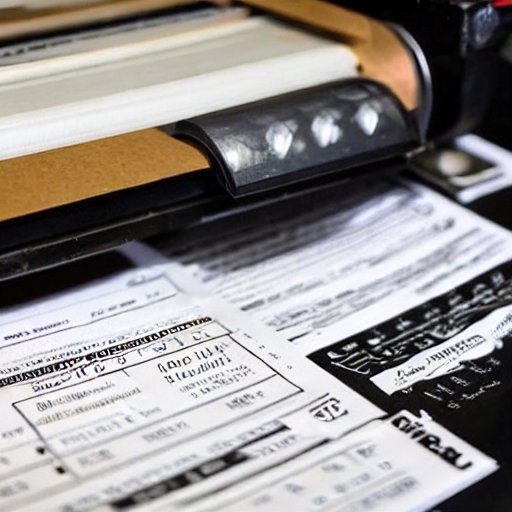
Thermal paper is widely used for printing receipts, labels, and other documents due to its convenience and cost-effectiveness. However, when it comes to protecting thermal paper from wear and tear, the question arises: Can thermal paper be laminated? In this article, we will explore the topic of laminating thermal paper and discuss the considerations surrounding this process.
Laminating thermal paper involves encasing the paper in a protective layer of plastic film. The laminating process typically uses heat and pressure to bind the plastic film to the surface of the paper, creating a durable and resistant barrier. However, laminating thermal paper can present challenges and is generally not recommended.
The primary issue with laminating thermal paper is the heat sensitivity of the thermal coating. The heat applied during the laminating process can cause the thermal coating to darken, react, or become illegible. Thermal paper relies on the heat-sensitive chemicals within the coating to produce the printed text or images, and the lamination process can interfere with this reaction.
Furthermore, the plastic film used for lamination can create a barrier that prevents the heat from reaching the thermal coating properly. This can result in poor print quality or even complete failure of the thermal printing process.
Additionally, the lamination process can cause the thermal paper to become rigid and lose its flexibility, making it difficult to roll or handle. This can be problematic in applications where the thermal paper needs to be easily rolled or folded, such as in receipt printers or portable label printers.
If you require additional protection for thermal paper, there are alternative methods to consider. One option is to use protective sleeves or holders specifically designed for thermal paper. These sleeves provide a transparent cover that shields the thermal paper from scratches, spills, and fading, while still allowing the thermal printing process to work unimpeded.
Another approach is to use a protective coating spray designed for thermal paper. These sprays create a thin, transparent layer that helps to protect the thermal coating without interfering with its heat-sensitive properties. It is important to choose a coating spray specifically formulated for thermal paper and follow the manufacturer’s instructions for application.
In conclusion, laminating thermal paper is generally not recommended due to the heat sensitivity of the thermal coating and potential interference with the thermal printing process. The heat and pressure involved in the lamination process can negatively impact the legibility and functionality of the thermal paper. It is advisable to explore alternative options such as protective sleeves or coating sprays specifically designed for thermal paper to provide additional protection without compromising the thermal printing capabilities.